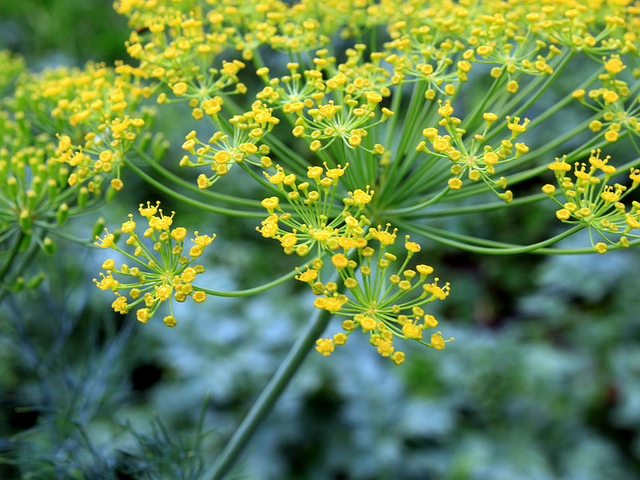
Going Organic: 10 Edible Garden Plants and Flowers
Gardening has countless benefits. Not only does a well-kept garden add beauty to a property, the act of gardening can be extremely beneficial to one’s health. You get to be outdoors in nature, get some natural Vitamin D and you get your hands dirty creating your own little masterpiece. Tending your own garden can be quite therapeutic and has been known to be an effective stress reliever as well. In addition, when you grow your own fruits and vegetables, you are able to make sure you do so without any harmful chemicals or pesticides. Another nice benefit of going organic in the garden, is you can grow edible plants and flowers too.
10 Garden Plants and Flowers You Can Eat
So how can you turn your yard into an edible garden? Well, why not plant some edible flowers? Your garden will look nice and you can spice up your meal plan at the same time by growing some edible plants and flowers. While this is in no way a complete list, here are some of our favorites:
Citrus blossoms: You may consider we’re cheating a little bit here, but citrus trees do have blossoms and these blossoms can be used in cooking. Be warned though, citrus blossoms are generally fragrant and too much could easily overpower a dish.
Daisies: You can eat both the greens and the petals of a daisy, although you should never eat the pistils or stamens from these or any other flowers.
Daylilies: While daylilies are edible, other lilies are generally inedible, so do not attempt to eat those. Here some tips on how to eat daylilies, particularly the buds and tubers.
Dill flowers: This one’s a twofer. Not only can you eat dill leaves, you can enjoy the yellow flower petals too. Dill flowers have a similar taste to the herb itself, however offer a little touch of color in addition to flavor.
Lavender: You may already be growing these in your yard. If not, you should. Lavender has such a wonderful aroma and its flowers can add a new dimension to your meal, regardless of whether your dish is sweet or savory.
Mint: To me, growing mint is like growing lavender. It’s a no-brainer. A simple plant to add both beauty and natural fragrance to your garden. In addition, you can eat both the mint leaves and the flower petals. A simple way to add a little mint taste to your drink or meal.
Pansies: Because pansies come in so many different colors, they can make a beautiful addition to many dishes. You can even include pansies or other edible flowers in tasty popsicles for a refreshing treat (of course, this particular variety is for adults only).
Roses: Rose petals can be used as a wonderful decorative addition to any main meal or dessert. You can also add rose petals to a variety of drinks, in frozen treats and more.
Violets: As for violets, you can eat both the flower petals and the leaves. In fact, the leaves have quite of bit of Vitamin A and C. You can add violets to a salad, or cook up the leaves to be eaten as greens. If you’re feeling creative, you can even turn violets into jellies or make candied treats.
Zucchini blossoms: If you’re going to grow the zucchini, why not eat the blossoms? You can grow the zucchini and eat it as you normally would, then you can eat the squash blossoms. These are apparently quite delicious whether you eat them cooked or raw.
Looking for more varieties of edible plants and flowers to add to your garden? Here’s a more complete list of edible flowers.
NOTE: We don’t recommend eating flowers or plants you haven’t grown yourself as you have no way to know whether pesticides and chemicals have been used. We also recommend you do your own research on edible flowers and plants if you have any uncertainties, to make sure you get an edible variety. Those with allergies or asthma are not advised to eat flowers.
Organic Gardens Front and Back
What’s nice about growing an edible flower garden is you can have organic gardens in both your front and back yards, regardless of local rules and regulations. In some places, homeowners aren’t allowed to convert their front yards into vegetable gardens with raised beds, etc. By growing edible plants and flowers, you can have the beauty of a natural garden, while making practical use of it at the same time. Any of the earlier mentioned plants and flowers would definitely help brighten up a yard. You’ll also likely save money on water and have a more drought-friendly space.














Post a comment